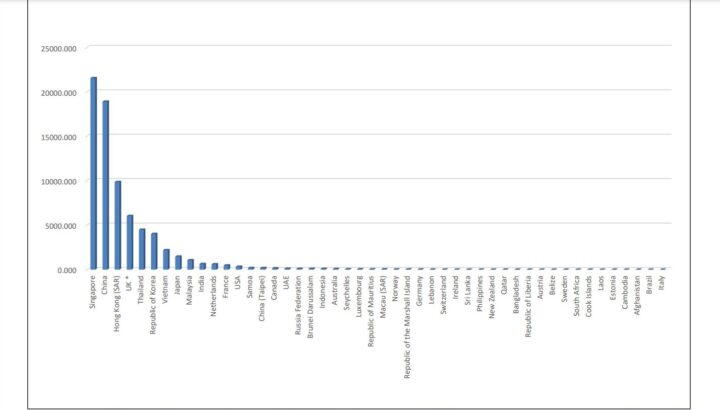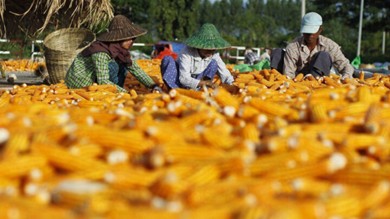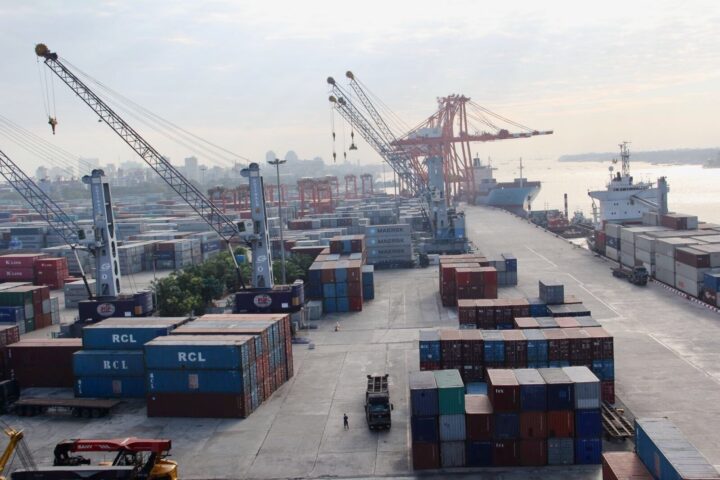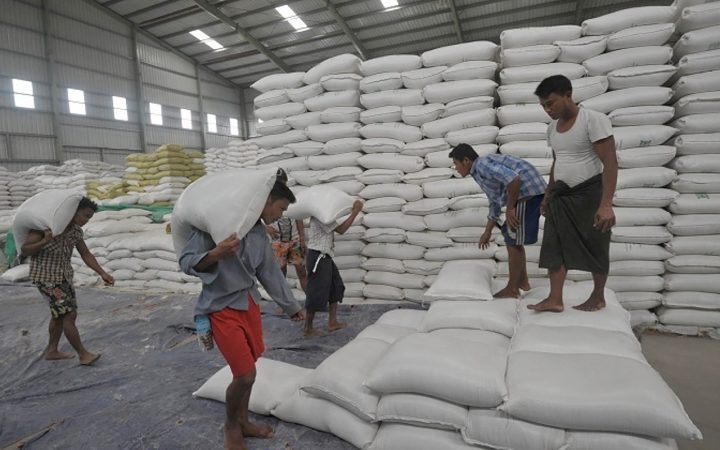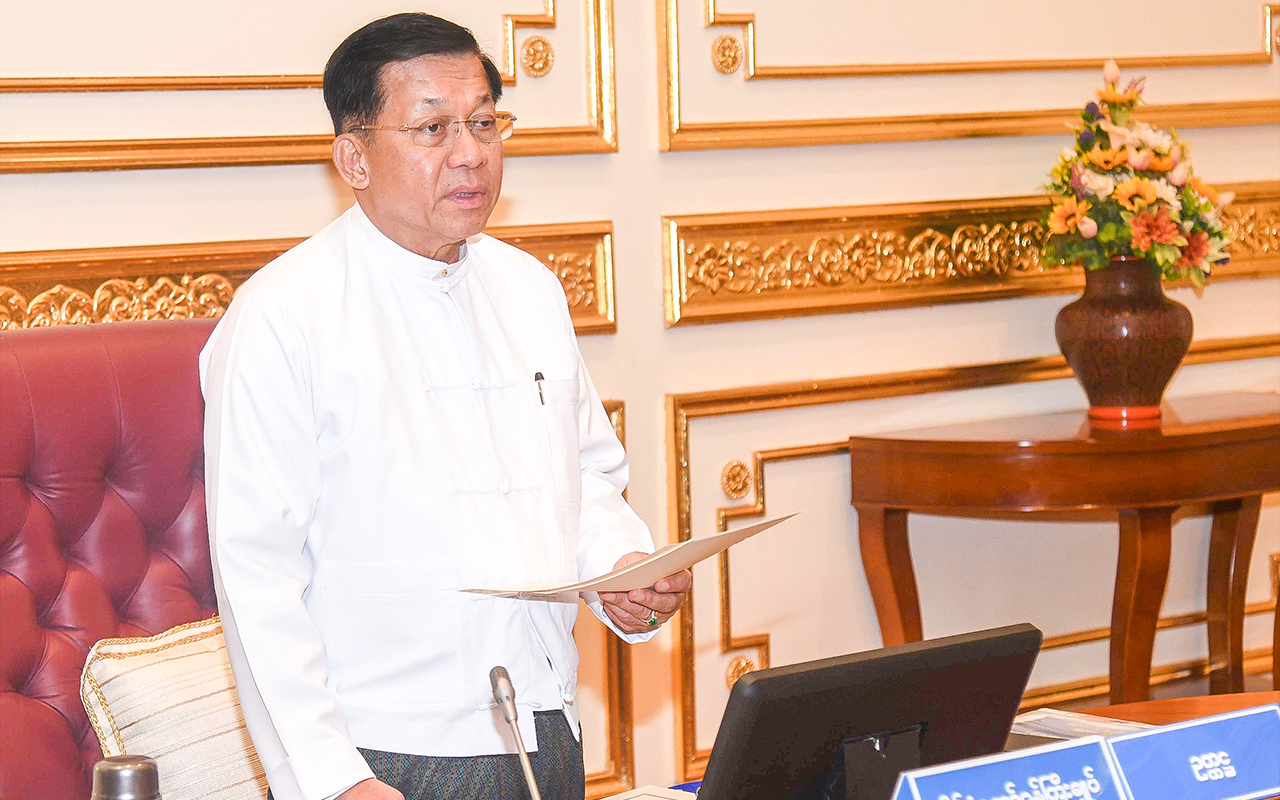IFC report recommended the area where Myitsone is located should be protected for long-term environmental and social sustainability and alternatives to develop the country’s hydropower sector
24 ธันวาคม 2561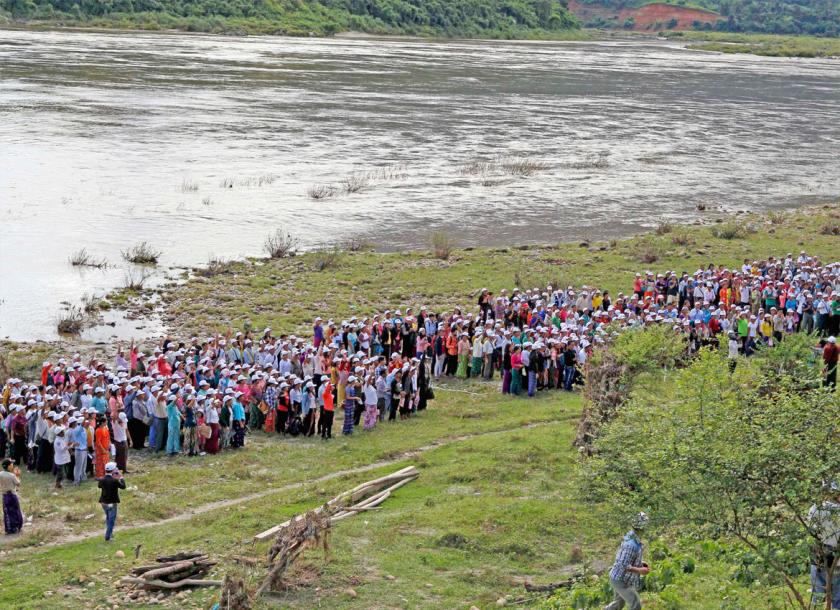
A government-sponsored study warned against restarting the highly controversial Myitsone dam and recommended alternatives to develop the country’s hydropower sector.
The final version of the Strategic Environmental Assessment (SEA) of the hydropower sector, supported by the energy and environment ministries and authored by the International Finance Corporation, has been published. The SEA involved a range of hydropower, environmental, social and conflict experts and offered government, business and civil society stakeholders a chance to make an input.
The report proposes cascade development -- multiple dams on certain rivers, allowing other rivers to be left intact. It also makes clear recommendations that dams on mainstem rivers such as the Ayeyarwady - where Myitsone is located - and Thanlwin are high risk for Myanmar through their impacts on the ecosystems on which the populations downstream depend. Hence, Myitsone, Mongton and the other dams should be avoided because of their negative downstream impacts, and development of new hydropower should focus on other opportunities and prioritise those in river sub-basins with lower environmental values.
This is the first SEA conducted in Myanmar, providing a technical basis for the government to take strategic decisions on the legacy projects on mainstream rivers.
The assessment found that the Myitsone dam is “not considered to be consistent with sustainable hydropower principles.” It said the hydropower project would lead to severe impact on the river system processes. The dam would disconnect and regulate flows from 11.6pc of the Ayeyarwady basin area that contributes an estimated 42pc of the total basin discharge, flowing from the Mali Hka (27pc) and N’mai Hka (15pc) rivers, and would substantially reduce basin sediment load.
The report warned that proceeding with five large planned dams on mainstems, including the Ayeyarwady, Chindwin and Thanlwin, Mekong and the lower Sittaung, ranging between 1200 MW and 7000 MW, would “completely alter the river system’s hydrologic, sediment transport, and geomorphic functioning. The cumulative impacts of these projects would cut river connectivity, alter the flow regime and trap sediment at a basin scale, and affect regional coastal and marine ecosystems.”
“It is recommended that all larger scale and higher impact projects are not developed in High zone subbasins [where Myitsone is located], but smaller scale, lower impact projects are considered where these projects can be developed within watersheds without unduly degrading key natural resources and socio-economic value. Such projects can play a prominent role in supplying reliable and affordable off-grid and grid-connected renewable energy to communities, utilising local natural resources,” the SEA concluded.
The final report’s release coincided with widespread lobbying by the dam developer to resuscitate the massive project, seven years after the suspension. In June, China’s state-run media Global Times printed an article arguing for restarting the construction and warned that suspension would “drive down investor confidence”.
Myitsone is one of seven hydropower plants planned for the upper reaches of the Ayeyarwady River as well as the Mali and N’Mai, at whose confluence the Ayeyarwady starts. The 6000MW dam, backed by State Power Investment Corporation (SPIC, then known as China Power Investment Corporation), was supposed to send 90pc of its electricity to China’s Yunnan Province. Then-President U Thein Sein suspended work in building the US$3.6 billion dam in 2011, owing to widespread opposition within the country.
Joern Kristensen, executive director of Myanmar Institute for Integrated Development (MIID) and former Mekong River Commission director-general, said the suspension of the mega-dam “did go some way” in building the trust between the people and the ruling class. As the issue of resuscitating the dam is re-emerging, pushed by the Chinese state-owned SPIC, he argued that the question of trust will be coming back to the forefront for the NLD leadership.
U Win Myo Thu from Ecodev emphasised the key question, “Does Myanmar has alternative hydropower resources other than the most criticised ones like Myitsone or Thanlwin?” The answer, he said, is a clear yes.
Just by tapping into hydropower from low and medium risk zones alone, as defined by the SEA, would result in more than 12,000 MW produced. “Since our electricity demand by 2030 would be around 15-18,000MW, at the average GDP growth of 8pc p.a, the amount of electricity generation from that low/ medium risk zones are pretty sufficient, combining with other energy mix such as solar and gas,” he explained.
“As long as we get electricity from the areas where the social and environmental adverse impacts are minimal or manageable, why do we need to bother about building big, controversial dams?” U Win Myo Thu said, arguing that ecological loss alone by the dam would far exceed US$800 million - the amount Chinese investors are seeking for compensation in relation to the termination.
Positive agenda for hydropower
For Myanmar Centre for Responsible Business’ Vicky Bowman, the SEA presents a positive agenda for hydropower, and clearly identifies which river basins have potential for developing sufficient hydropower for the country’s energy demand in the least harmful way.
“Although some Chinese hydropower companies, in their comments submitted in consultation, and in their current behind the scenes lobbying in the energy ministry in Nay Pyi Taw, are trying to undermine the report and present it as ‘anti-hydro’, it is anything but. There is a clear recognition that Myanmar’s hydropower potential is a major asset for the country which should be developed, particularly as alternatives such as coal-fired power stations will be environmentally harmful, gas is currently insufficient, and solar and wind, while offering some opportunities, are insufficient,” she observed.
The MCRB director said the Myanmar government could now base its decisions on “a very solid piece of technical advice”. The decisions would allow the government to cancel those controversial and damaging dam projects inherited from the SPDC, and develop Myanmar’s hydropower future in a sustainable way, consistent with the Myanmar Sustainable Development Plan.
“The SEA is a hugely valuable document for the Myanmar government, not least in view of the systematic process under which it was undertaken, as the first SEA to be conducted in Myanmar.
“I would encourage all hydropower stakeholders, including those companies who appear to be trying to resuscitate the dam projects in Kachin State, to instead support the SEA conclusions and help the Myanmar government to achieve its sustainable development priorities,” Ms Bowman emphasised.
Joern Kristensen highlighted the IFC study’s recommendation that the area where Myitsone is located should be protected for long-term environmental and social sustainability.
Recommendations by the SEA experts makes clear that the opposition to the mega dam “cannot be referred to as merely emotional,” Mr Kristensen stressed.
“Finding a way out of the dilemma between a desire for economic development and the fierce rejection by civil society of Myitsone is both fundamentally simple and overwhelmingly complex. It is about building trust.
“China, as a major foreign investor in Myanmar, could support the government in building this trust by simply giving up pushing for a restart of the Myitsone project. As compensation it should be given priority in getting contracts to build some of the smaller dams that the SEA recommends as a sustainable way of generating hydropower,” he said. By doing so, Beijing would help itself to attain status as an investor that is welcomed by the public in Myanmar.
“It should not be difficult. China does not need the electricity that would be produced by Myitsone, and the people of Myanmar doesn’t want the dam,” the expert commented.
Meanwhile, there are those who warn that the far-reaching negative consequences of Myitsone would be irreversible. “The government should consider the fact that the Ayeyarwady is one of the last large free-flowing rivers remaining in Asia and the negative impacts of such a large dam could never be undone,” Christopher Bonzi, WWF’s water and energy specialist, cautioned.
“We would strongly advise the government not to restart the work on Myitsone project based on the devastating social and environmental impacts which have been well documented,” he said, adding that the pro-hydropower premise of the report is not justified.
Now that the assessment is completed, Mr Kristensen urged the government to use the SEA recommendations as a foundation for preparing a master plan for the country’s hydropower development.
The Ministry of Electricity and Energy cannot be reached for comment by press time.
(The Myanmar Times: https://www.mmtimes.com/news/ifc-report-recommends-alternatives-high-risk-myitsone.html )

